What are emulsions? Can we make them at home? You probably don’t know that your body lotion or face cream is actually an emulsion. Keep reading and learn how to make an emulsion for skincare.
Emulsions are water-oil homogeneous solutions, where an emulsifying substance is used to chemically bind water to oil. This post highlights the basics to make lotions, creams and other emulsions in natural skincare, making you better prepared to make your own formulas, or choose the best and most adequate recipes for you online.
Table of Contents
- Watch These Tutorial Videos
- What Is An Emulsion
- What Can You Make With An Emulsion
- Hot Process Emulsification
- Cold Process Emulsification
- Hot Cold Process Emulsification
- Water Phase Ingredients
- Oil Phase Ingredients
- Cooling Phase Ingredients
- Emulsifying Waxes
- Emulsions – Tips and Myths
Watch These Tutorial Videos
What Is An Emulsion
According to wikipedia:
” An emulsion is a mixture of two or more liquids that are normally immiscible (unmixable or unblendable) owing to liquid-liquid phase separation. (…) In an emulsion, one liquid (the dispersed phase) is dispersed in the other (the continuous phase). (…)
Two liquids can form different types of emulsions. As an example, oil and water can form, first, an oil-in-water emulsion, in which the oil is the dispersed phase, and water is the continuous phase. Second, they can form a water-in-oil emulsion, in which water is the dispersed phase and oil is the continuous phase.”
The most common type of emulsion in natural cosmetics are water-to-oil, where water is in a bigger percentage than oil. So, according to the definition of emulsion, water and oil never actually change, we are simply talking about a dispersed phase – oil -, suspended in very small droplets in the continuous phase -water-.
For simplicity, when formulating natural cosmetics, we don’t talk about a continuous and dispersed phase, but an oil phase and a water/aqueous phase, where, obviously, the oil phase contains oils and oil-soluble ingredients, and the water phase contains water and water soluble phase.
Emulsions tend to be cloudy or milky (well, and what do you know, milk is a natural emulsion!) because the interfaces between water and oil scatter light, as it passes through the emulsion. If the droplets are small and sparse enough, the emulsion will tend to be bluer due to something called the “Tyndall effect” – reflected light has a higher frequency. If droplets are bigger and more concentrated, color will be distorted to wavelenghts of lower frequency, towards the yellow – that’s why many creams are … cream.
Emulsions are present in many cosmetics: lotions, creams, pastes, ointments, many over-the-counter skincare products are emulsions.
In natural cosmetics, I have used emulsions to make pretty good face and body natural lotions and creams. As long as they are water-to-oil or oil-to-water solutions, they are emulsions, independetly if they look and feel thin or thicker, diluted or concentrated. MyHomemade Hair Conditioner recipe is also an emulsion.
In soap making, we say that we are “emulsifying” the oils with lye water when stick blending. This is a much more complex reaction, that actually involves chemical changes, called saponification, and it is not an emulsion. But what soap makers mean to say is to describe the phase when oils and lye water are completely mixed up, called “trace”. Saying that they are emulsifying vs separated oils and lye water, is easier to understand than “unsaponified” or “reached trace”.
Hot Process Emulsification
In this process, you need to heat the water phase and oil phase. I have seen that most processes heat the water and oils up to 70ºC (160ºF). Heating too much will damage or destroy the medicinal properties of vegetable oils and hydrossols/water infusions, so you will need to use non-heat sensitive ingredients, like distilled water or vegetable oils with a smoke point at 90ºC or more. Heating both phases will garantee, without much technique and just a milk frother helping you, the complete emulsification of water and oils.
I usually use 50ºC-55ºC (or enough to melt the wax and solid oils) and not much more. I believe this is the limit for most heat-sensitive ingredients. I have also tried to make an emulsion at 45ºC (a conditioner) with no real issues – there was no separation. I do have rare separation issues (mostly water separating from the emulsion), but apart from that I did not have bad results with these temperatures.
Cold Process Emulsification
In this case, you don’t use any external heat. The advantage is that you can use pretty much any temperature sensitive ingredient, without being afraid to destroy any medicinal properties. The disadvantage is that you need more stirring, probably a stick blender or something more industrial. Also, I am sceptical whether this will work with emulsifying waxes.
It will work with cold process emulsifiers, like sucrose stearate. They are also expensive and more dificult to have access. I have never tried to make this one, as I have been quite happy with hot process (and it’s the most common). Also, the emulsifiers you find at cosmetic ingredients’ suppliers are the ones that require heat.
Hot Cold Process Emulsification
This is the process I use, as I always have cooling phase ingredients (see below for definitions).
Basically, you use your non-heat sensitive ingredients, and heat them to 60ºC-80ºC (140ºF-176ºF). In my formulas, I actually don’t go higher than 50ºC-55ºC (122ºF-130ºF) temperature. You add your oil phase to your water phase (emulsifier included), and you make the emulsion using a milk frother, or any sort of mechanical energetic stirring. You let it cool down to 40ºC or below that and then add the heat-sensitive ingredients. Blend a bit more with your milk frother.
Read more about emulsification processes in this post.
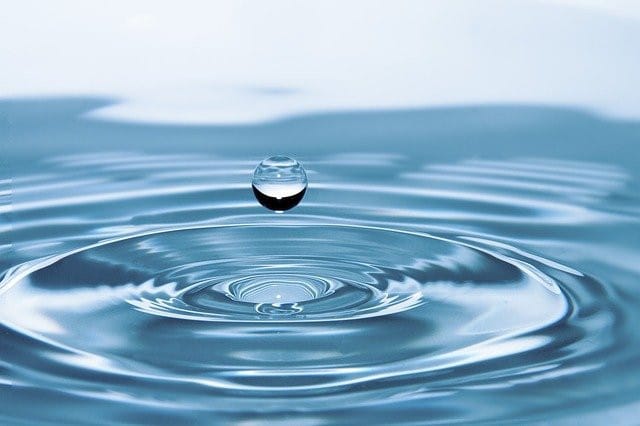
Water Phase Ingredients
We mentioned before about continuous phase and dispersed phase, but most formulas/recipes online talk about a “water phase” and “oil phase”. I don’t really know the reason, but I believe because it’s easier to understand.
So, what is the water/aqueous phase or what are water/aqueous phase ingredients? They are one or a set of water-based ingredients such as distilled water, plant water infusions (teas), or water-soluble ingredients like salts, or sugars. The exception to this are water-based ingredients that should be added in the cooling phase (see below).
Many cosmetic ingredients have in their description in which phase should they be added: water phase, oil phase, cooling phase. If it is mentioned they should be added in water phase, they should belong to this set of ingredients, usually, dissolved in the main water content.
For water-in-oil emulsions, the most common, water/water phase ingredients have the biggest weight or percentage, usually, 70%-80%.
For oil-in-water emulsions, water/water phase ingredients have a much smaller weight or percentage, compared to oils.

Oil Phase Ingredients
Similarly to water phase ingredients, oil phase or oil phase ingredients are one or a set of oil-based ingredients such as vegetable oil, animal or vegetable fat, and oil-soluble ingredients.
Many cosmetic ingredients have in their description in which phase should they be added: water phase, oil phase, cooling phase. If it is mentioned they should be added in oil phase, they should belong to this set of ingredients, usually, dissolved in the main oil content.
For water-in-oil emulsions, the most common, oil phase ingredients have a smaller weight or percentage, compared to water phase, usually, 20%-30%.
For oil-in-water emulsions, oil phase ingredients have the biggest weight or percentage of all ingredients.
Cooling Phase Ingredients
Cooling phase ingredients are the ones you add when the emulsion is cooling down ( see hot process and hot cold process above). These are all the heat-sensitive ingredients you need to add to your emulsion, namely, a perservative and an anti-oxidant (vitamin E, grapefruit seed extract or rosemary oleorresin extract). Assuming you can’t skip a nice scent in your formulas/recipes, essential oils are also added in this phase.
Other heat-sensitive ingredients like certain oils or plant extracts, should be added in this phase or whenever the ingredient manufacturer recommends to use it in cooling phase.
These ingredients usually count for 1%-3% of the whole formula.
Emulsifying Waxes
Water and oil emulsions, like many common emulsions, are naturally unstable. Try to mix oil and water, and with time and gravity, you will see two layers, with oil floating on top of water. You need to add mechanical energy – shaking, stirring – to form an emulsion with water and oil.
Many DIY lotion and cream formulas (more commonly called recipes) available online with natural ingredients, like distilled water and oils only, use mechanical energy of a stick blender, for example, to make an emulsion. The problem with these emulsions is that they will separate after some time, i.e., they will turn water and oil again.
That’s when an emulsifier enters.
Emulsifiers are part of a bigger family of substance called surfactants. Surfactants are particles that have an hydrophilic portion (they bond with water) and a lipophilic portion (they bond with oil), meaning that they “bind” together water with oil.
Guess what sort of products also have surfactants? Soap bars, shampoos, bath and shower gels, even tooth paste (to make foam)….. These are the particles responsible to wash away the grease and dirt along with water, and give you the clean feel. A curious experiment you can perform at home is to make an emulsion out of water, oil and… dishwash detergent or hand soap. Add these 3 ingredients in a glass and then shake it. You will see them turn into a milky substance – an emulsion.
Ok but I divert, back to emulsifiers.
An emulsifier, with a similar behaviour of surfactants, turns the water and oil emulsion long-term stable. Emulsifiers for natural cosmetics are usually oil soluble waxes (proper for water-to-oil emulsions). They have high Hydrophilic-Lipophilic Balance to be able to properly emulsify oils in water.
“An emulsifier prevents this rejection [between grease and water] because it projects the water-loving side towards the water and the fat-loving side towards the fat. The extent to which the hydrophilic or lipophilic character dominates is represented by the HLB value of the surfactant (HLB = Hydrophilic-Lipophilic Balance). A high HLB value (10 to 18) indicates a hydrophilic substance suitable for emulsifying fats or oils in water.”
Takeaway: you can make an emulsion without an emulsifying ingredient, but it will always be unstable. If you wish for a stable emulsion in natural cosmetics, you have to use emulsifying waxes. In my blog, I only post emulsion recipes – lotions, creams, moisturizers, conditioners – with an emulsifying wax. They are much more pleasant to use: you will be spreading an homogeneous substance on your skin, rather than a weird cocktail of water and oil.
You can also read this article about emulsifiers and surfactants.
Emulsions – Tips and Myths
- It’s a good practice, to avoid unnecessary heating, to make ater infusions right before you make your emulsion. Like that, you won’t need to reheat your water phase, probably and unnecessarily damaging your plant properties
- Heat your ingredients in bagne-marie always. This way you will make sure to uniformly heat all ingredients without overheating any aprt of them. Also, you can use lower temperatures.
- Beeswax Is Not An Emulsifier Wax
- Why you should reject the ‘Heat and Hold’ myth
- Why you should ignore the HLB system for organic and natural emulsifiers
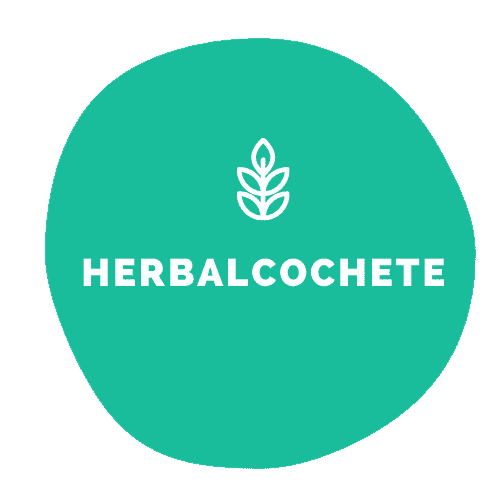
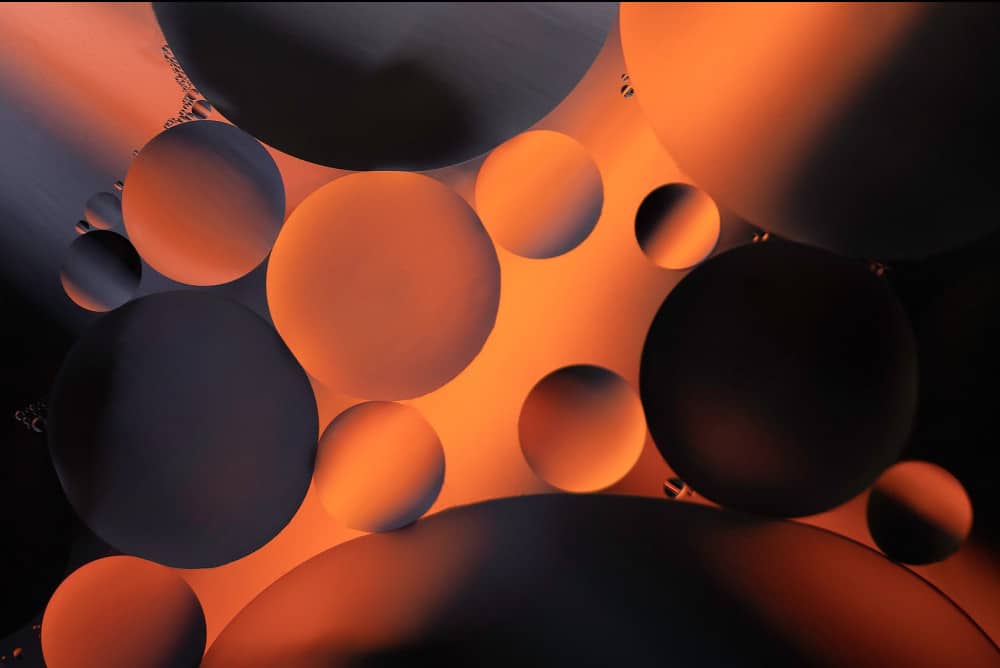

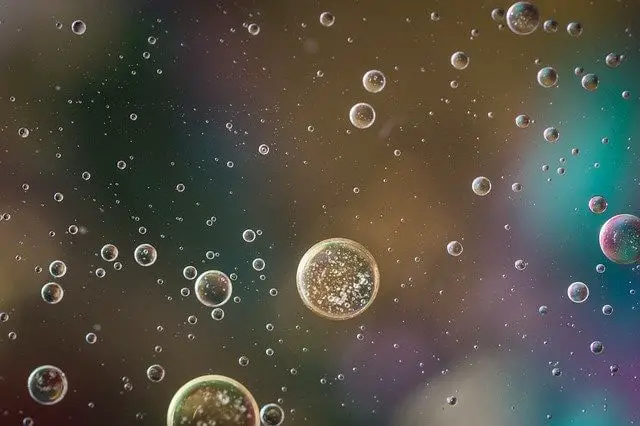
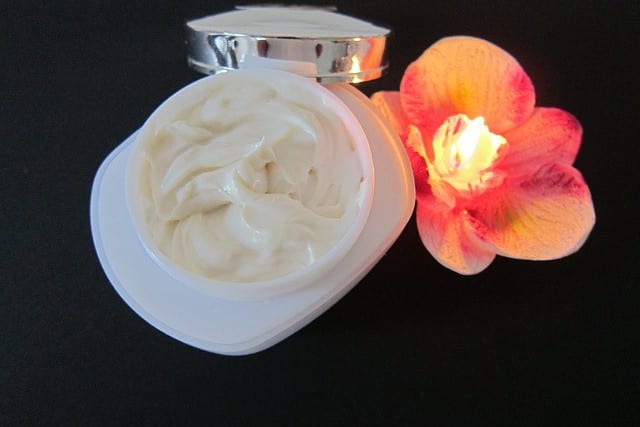
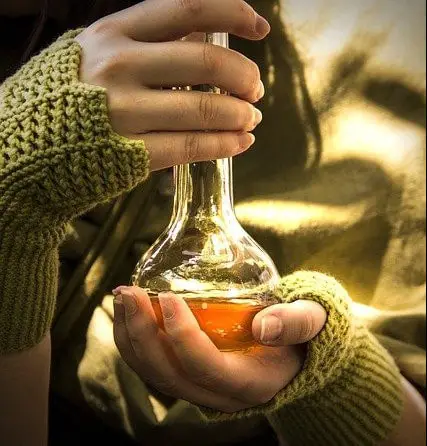
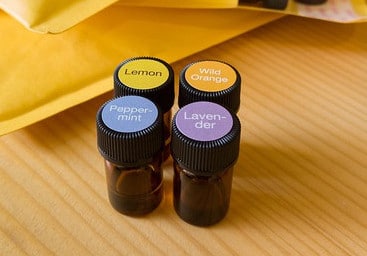

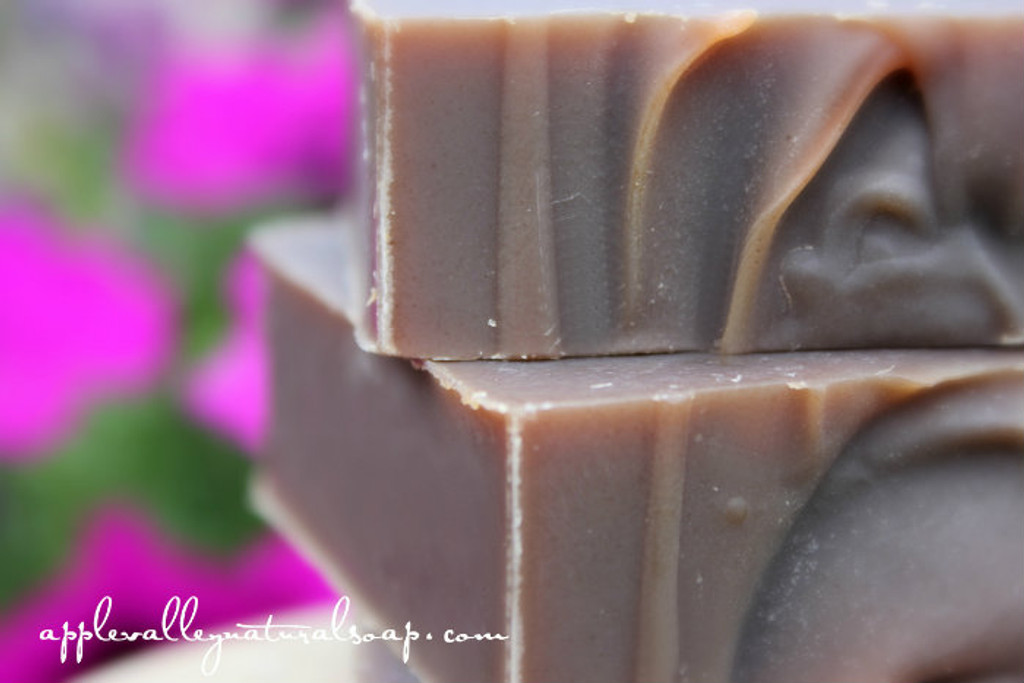

I’d never though of mixing them before, or how to do it myself. Thanks for such great tips. I’m going to have to bookmark this site so I can come back to it later. I love mixing my own oils and making my own creams but I’m starting to get into more complex ingredients and this is really going to help.
Hello DashDNations and thanks for your comment.
It’s a natural evolution, I’ve started with soap and ended up making the entire line of skincare products for myself, for more than a year by now. I am very happy with them. I make sure that I use preservatives so they don’t get dangerous (apparently ok but filled with microbes and germs). I am even thinking of testing a few samples at a lab 🙂
Keep doing your own products 🙂 My website helps you with it.
Cheers,
Sofia
How much time would making an emulsion take? What about if the emulsion is only one of the ingredients of a product? How long could that take? Also, what exactly are the benefits in making your own homemade skin products, when there are all-natural products out there that are already established alternatives to commercial ones and don’t take as much time and effort on our side?
Hello hfs01, thanks for your comment and your questions.
An emulsion takes around 20 to 30 minutes to make, assuming you are making only for yourself and not producing big batches. An emulsion as an ingredient by itself, at least in natural cosmetics, it’s strange… I am not seeing a product where an emulsion will be an ingredient, although you can use addictives for your emulsion. I see it in food: mayonnaise is an emulsion and it may become an ingredients for a dish. But I don’t find a parallel for natural cosmetics.
Your last question is very interesting, and it all comes down to a matter of personal choices and likings.
I find perfectly legit to buy all-natural products instead of making them, that’s why I have some posts recommending natural cosmetics’ brands and products. I know that many of us are not into DIY, and purchasing is very practical, you will only need to pay and enjoy it.
The main advantage I see in making them yourself, and I think this is especially true for creams and perfumes, is that you control ingredients AND costs. You know exactly what and how much you are putting in your lotion. You don’t actually need to spend $20 for a 50 ml pot of body lotion, just make one at home for $2. You can customize it as you wish. You will not pay for marketing, package, designs, etc.
A personal advantage for me, is the sheer fact of making them myself, the DIY project. I find really enjoyable to make my own natural cosmetics.
In the end, you don’t have to make natural products at home, you can buy them. But at least you can choose now 🙂
Cheers,
Sofia